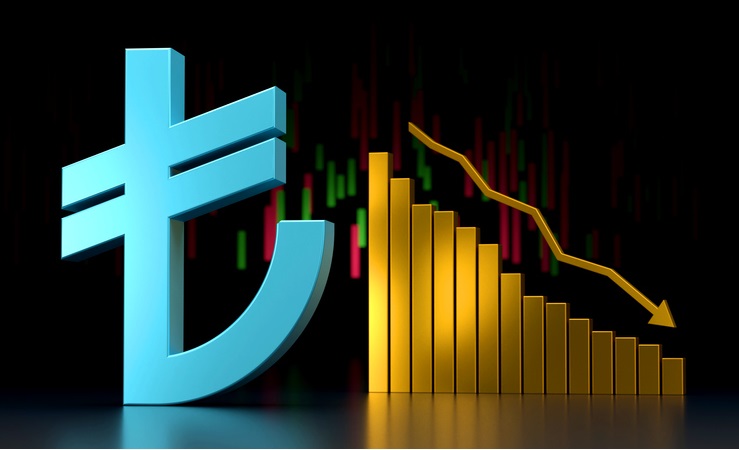The People’s Bank of China set the reference rate for onshore yuan at its weakest since December 1 last year. The central banks’ actions for the yuan are a form of stimulus for the country’s export sector.
Elsewhere, the Reserve Bank of Australia Governor Lowe spoke today and renewed concerns about inflation, and wage growth accompanied by declining productivity.
There is speculation that another rate hike could happen next month due to the stickiness of inflation. Still, the AUDUSD pair seems to have liked the speech and continues to head higher.
In his speech today Lowe said that “June rate rise followed information suggesting greater upside risks to bank’s inflation outlook” and “Some further tightening of monetary policy may be required, depending on how economy and inflation evolves.”
On inflation the RBA Governor noted that there “Hasn’t been any shift in the RBA’s inflation tolerance, what has changed in recent months is the RBA’s assessment of risks.”
We also saw GDP data from Australia earlier today. Australia’s economy grew at the weakest pace in 1-1/2 years last quarter as high prices and rising interest rates sapped consumer spending.
It should be noted that while emerging signs pointed to further softness ahead amid elevated borrowing costs and a slowdown in global growth.
Data from the Australian Bureau of Statistics on Wednesday showed real gross domestic product (GDP) rose 0.2% in the first quarter, easing from 0.5% in the previous quarter and under forecasts of 0.3%.
Annual growth came in at 2.3%, also missing forecasts for 2.4% expansion. Again, the Australian dollar showed some strength and remained on track for a fourth day of gains.




